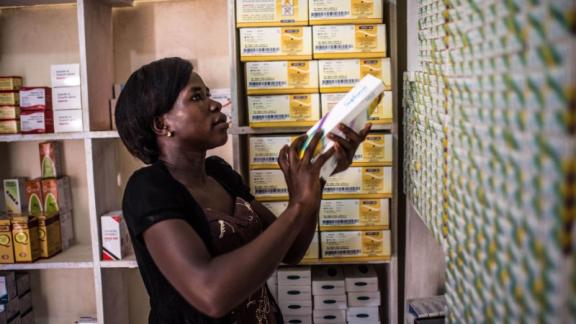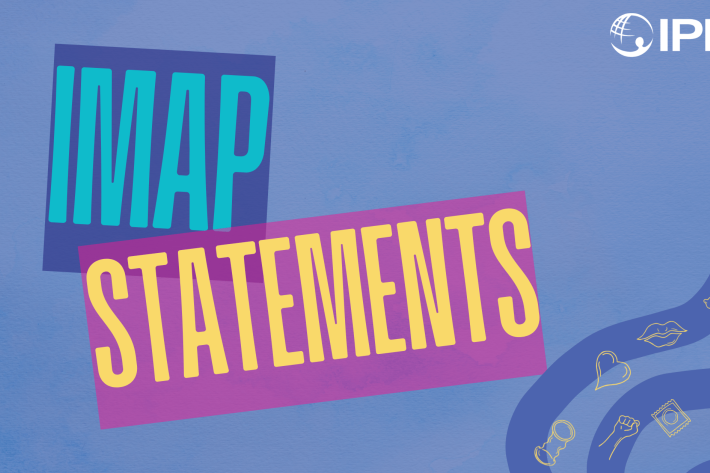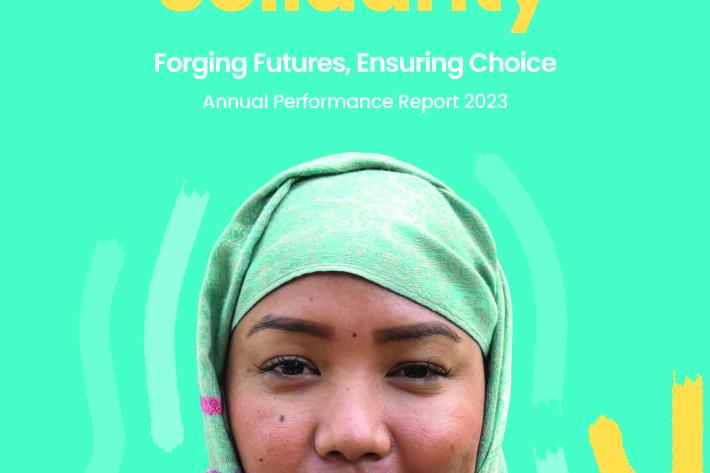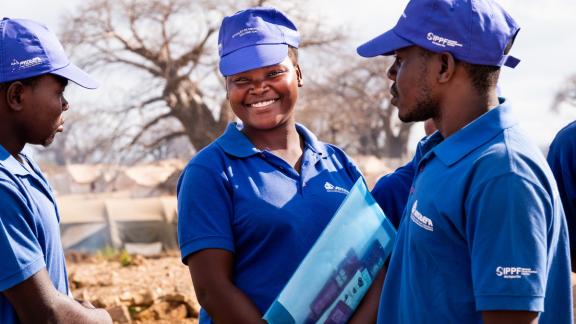Spotlight
A selection of resources from across the Federation

Technical Brief: Designing and Delivering Inclusive, Rights-Based Sexual and Reproductive Healthcare to Transgender and Gender Diverse People
This technical brief outlines key recommendations across several sexual and reproductive health service areas to promote access to inclusive care for transgender and gender diverse people.
Filter our resources by:
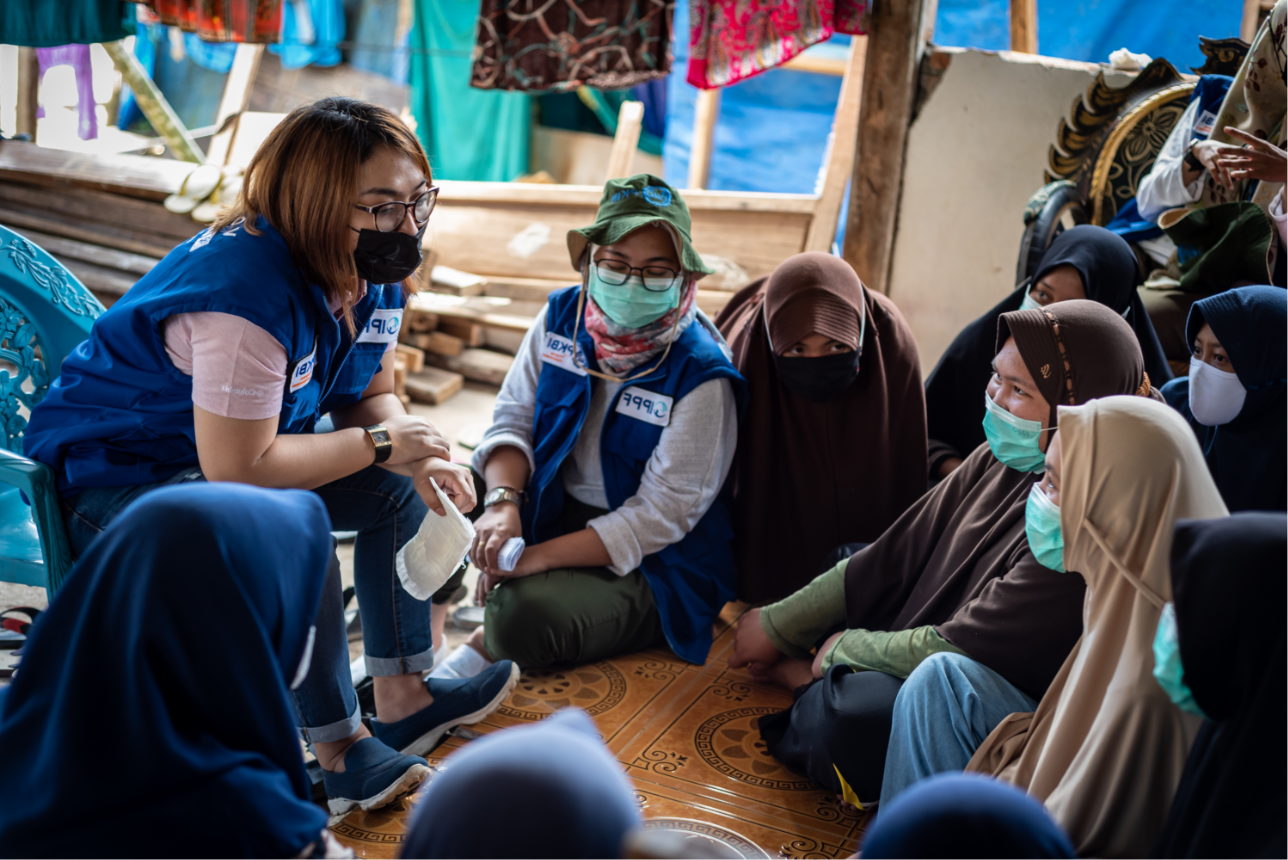

| 01 February 2024
U.S. 990 2022

| 29 June 2021
Financial Statements 2020
The Board of Trustees presents its reports and the audited consolidated financial statements for the year ended 31 December 2020 under the Charities Act 2011. The International Planned Parenthood Federation (IPPF) is a global service provider and a leading advocate of sexual and reproductive health and rights for all. IPPF is a worldwide movement of national organizations working with and for communities and individuals, focusing support on those who are poor, marginalized, socially-excluded and under-served. IPPF currently has 118 Member Associations (MAs), working in 129 countries (the Caribbean Family Planning Affiliation operates in 12 countries). In addition, IPPF has 13 national Collaborative Partners (CPs) and two International Collaborative Partners (ICPs) working in a further 13 countries where there is not currently a Member Association. This brings the total number of countries in which IPPF is working to 142. The Member Associations of IPPF are all autonomous and report independently, and their financial statements are therefore not presented here. The financial statements contained herein have been prepared in accordance with United Kingdom Generally Accepted Accounting Practice, including the ‘Statement of Recommended Practice applicable to charities preparing their accounts in accordance with the Financial Reporting Standard applicable in the UK and Republic of Ireland (FRS 102)’ (SORP 2019), and applicable UK law. The financial statements include the charity, comprising the central office and three regions, South Asia, East and South-East Asia and Arab World regions; and the group which additionally includes the Africa and Europe regions and IPPF World Wide Inc. The separate autonomous business unit representing the Western Hemisphere left IPPF on 31 August 2020.
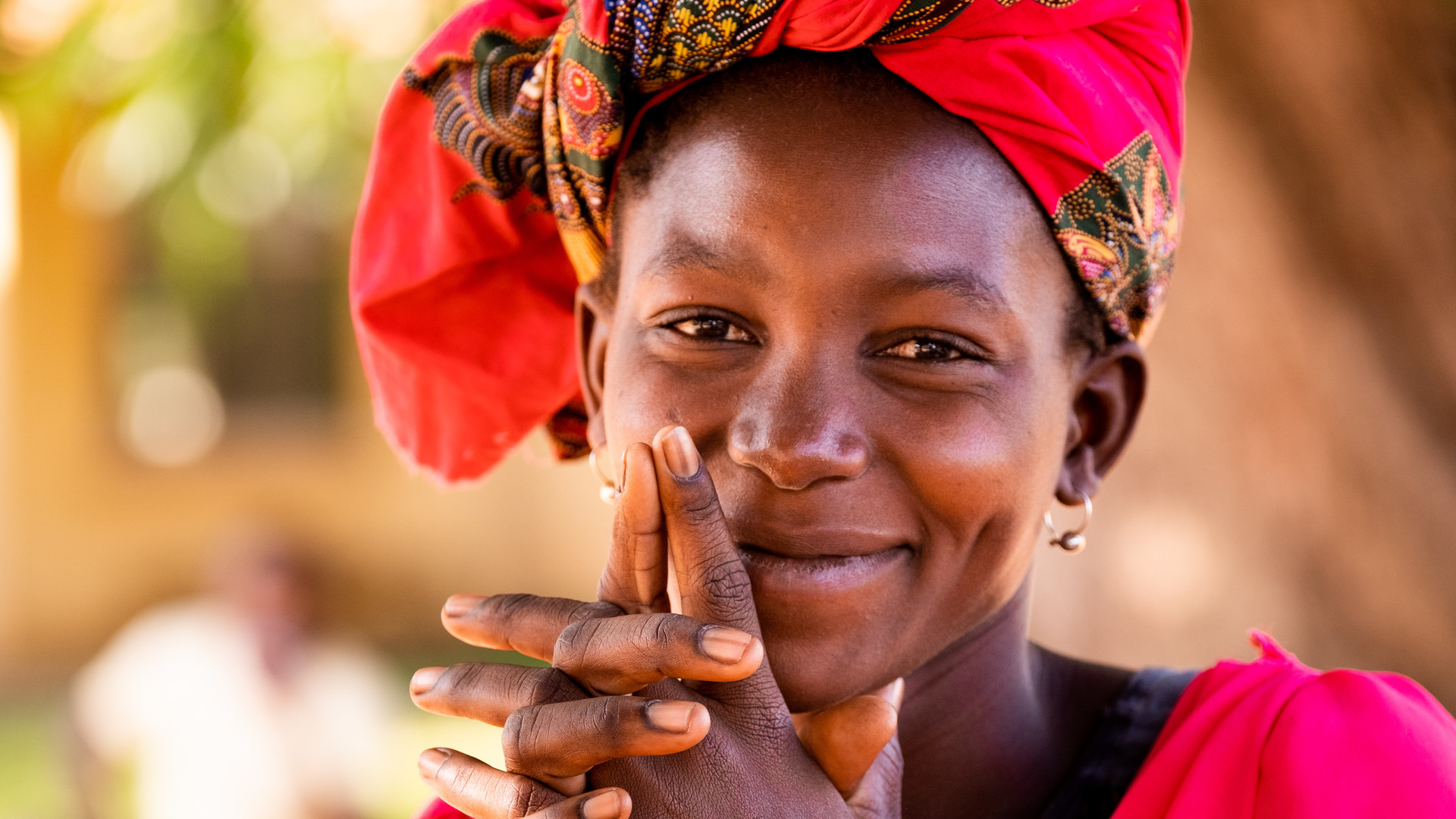
| 04 August 2020
Financial Statements 2019
The overall group income of IPPF has risen by US$51.8 million (46 per cent) to US$163.7 million (2018: US$111.9 million). Unrestricted total income and restricted income rose by US$1.9 million and US$49.86 million respectively. IPPF’s main source of funding is government grants, which account for 88 per cent (2018: 81 per cent) of total income. In 2019 unrestricted government funding increased by US$2.2 million (4 per cent) to US$57.4 million. The main reason for the increase in funding in 2019 was the increase in funding from Germany which rose from €6 million to €12 million. Restricted government funding amounted to US$87 million, up from US$35.2 million in 2018. A full analysis of restricted projects balances. The following Governments were the major contributors to the restricted funding of IPPF: Government of United Kingdom,through the WISH programme in Africa, South Asia and the Arab World US$59.23 million, the European Commission supported the State of African Women Campaign US$4.6 million, Government of Canada US$4.3 million, Government of Australia continued to provide support (US$2.4 million) in relation to the global SPRINTInitiative to provide sexual and reproductive health services to crisisand post crisis areas in South East Asia, the Pacific, South Asia andGovernment of Belgium contributed to the SHE Decides project US$2.07 million. The governments of the Netherlands, Norway, UK and an anonymous donor also provided funding of US$5.64 million to the Safe Abortion Action Fund. Grants from multilateral donors and other sources decreased by 13 per cent from US$20.7 million to US$18.1 million. A significant factor in the decrease was US$0.6 million from GIZ, US$0.26 million from Anonymous donors, and US$0.7 million decrease from the David and Lucile Packard Foundation.
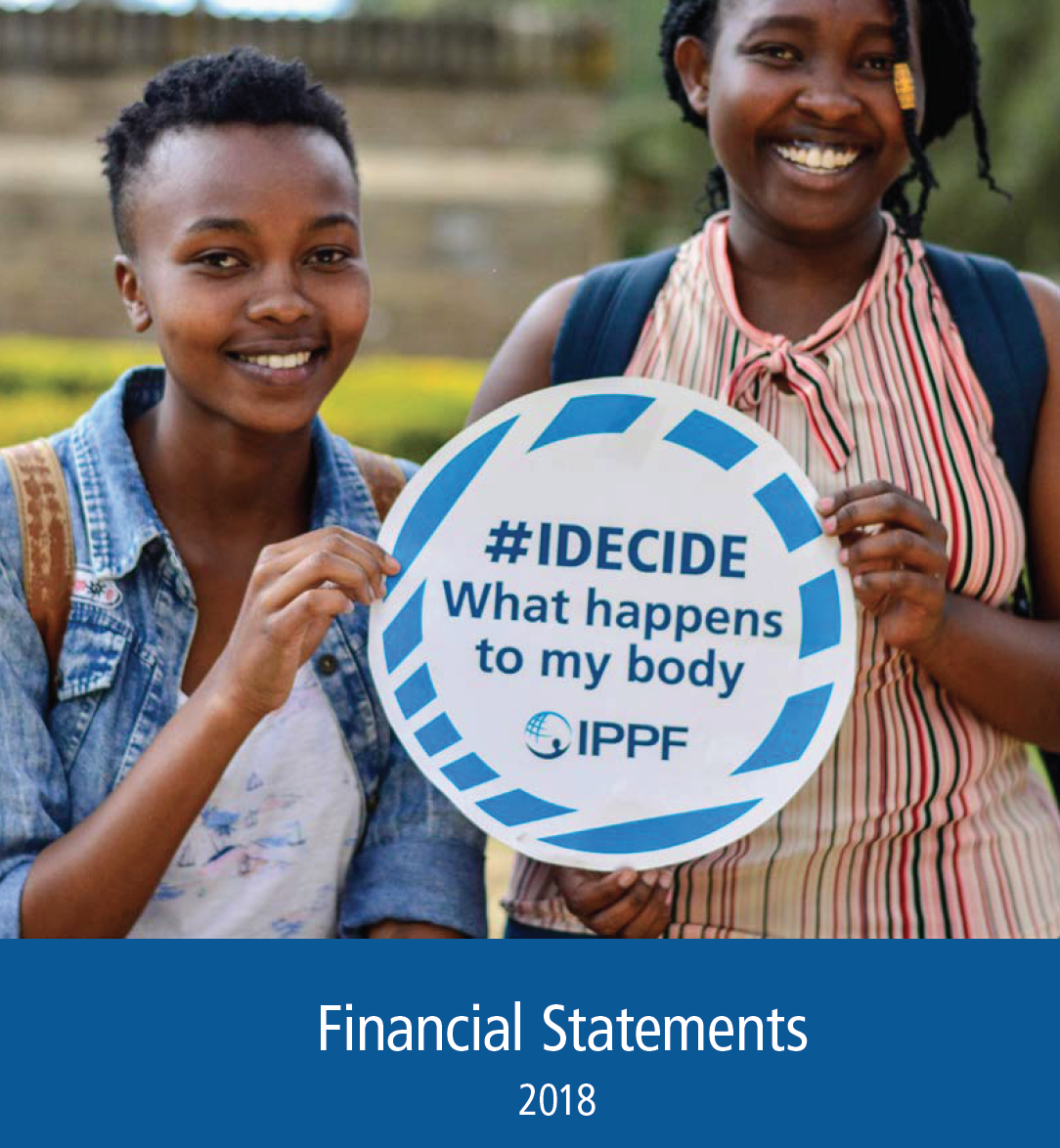
| 09 July 2019
Financial Statements 2018
Income for the year for the group increased by US$9.5 million (9%)to US$111.9 million due to a large increase in restricted income from US$30.3 million to US$54.1 million netted off against a decrease in unrestricted income of US$14.3 million. Total group expenditure increased by US$21.6 million to US$114.6 million which led to a group net operating deficit (combined for unrestricted and restricted funds) for the year of US$2.6 million. Total unrestricted expenditure of US$74.8 million includes grants to member associations and partners (US$42.0 million), group secretariat expenditure (US$28.9 million), and fundraising costs(US$3.3 million). The net operating unrestricted deficit for the year was US$17.0 million (2017 surplus: US$8.8 million). Total restricted expenditure of US$39.8 million includes grants to member associations and partners (US$25.2 million), group secretariat expenditure (US$14.0 million), and fundraising costs (US$0.5 million). There was a restricted surplus of US$14.4 million.
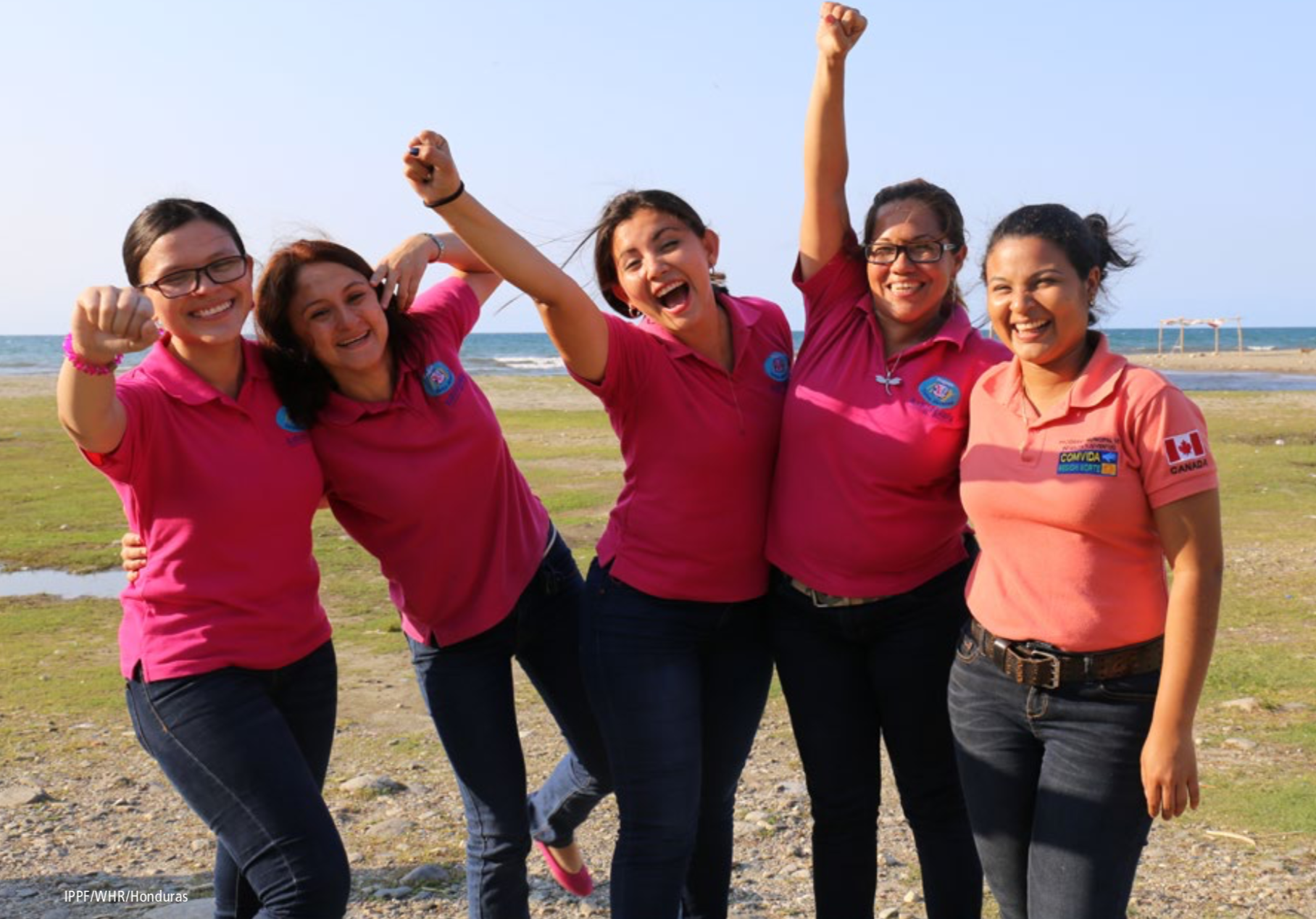
| 04 June 2018
Financial Statements 2017
The overall group income of IPPF has risen by US$3.1 million (3%) to US$102.4 million (2016: US$99.2 million). Unrestricted total income rose by US$4.1 million and restricted income fell by US$1.0 million. IPPF’s main source of funding is government grants, which account for 82% (2016: 79%) of total income. In 2017 unrestricted government funding increased by US$1.4 million (2%) to US$67.4 million. The main reason for the increase was the increase in funding from the Scandinavian countries (Norway US$9.1 million, Sweden US$ 4.8 million and Denmark US$ 4.0 million) to assist in bridging the funding gap caused by the impact of the Global Gag Rule and the loss of UK government funding. Restricted government funding amounted to US$16.8 million, up from US$12.1 million in 2016. The Government of Australia continued to provide support (US$3.6 million) in relation to the global SPRINT Initiative to provide sexual and reproductive health services to crisis and post crisis areas in South East Asia, the Paci c, South Asia, and Africa and to help fund our Fiji office which supports Paci c MAs. USA provided US$6.7 million of funding for a number of programmes. The Government of Japan provided US$1.8 million for work on integration of SRHR and HIV and AIDS and humanitarian assistance for internally displaced people in Syria and refugees in Jordan and Lebanon.The Government of Germany US$0.2 million to improve access to promote sexual reproductive health services in Syria and to displaced persons in Sudan. The governments of the Netherlands, Norway and an anonymous donor also provided funding of US$3.7 million to the Safe Abortion Action Fund. Grants from multilateral donors and other sources decreased by 24% from US$20.6 million to US$15.8 million. A signifcant factor in the decrease was US$3.1 million from Bill and Melinda Gates Foundation, US$2.7 million UN Programme on HIV/AIDS and US$0.4 million from the David and Lucile Packard Foundation as some current projects came to an end.
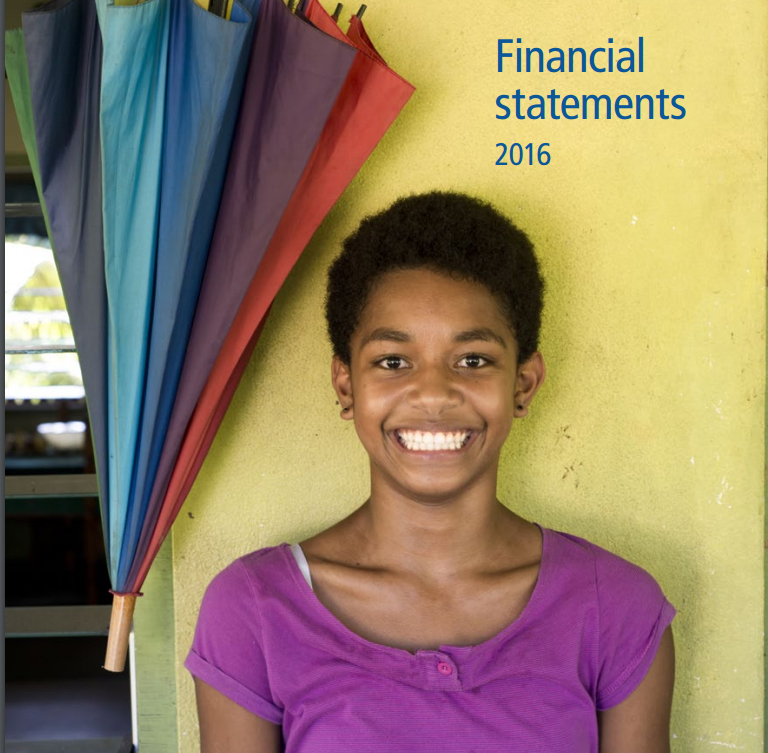
| 05 June 2017
Financial Statements 2016
2016 saw the implementation of IPPFs new strategic plan and therefore was a year of transition for the Secretariat as operations were aligned to focus on the new outcomes. The strategy responds to social, political and demographic global trends. These include: the expectations and potential of the largest ever generation of young people; ongoing, significant social and economic inequalities, including discrimination against girls and women; and opposition that threatens gains in human rights. We continue to receive funding from and are grateful for the continued support of our key funders. With their support and help our unrestricted funding increased in the year to US$76.7 million from US$72.2 million. This was in spite of the United Kingdom’s decision to leave the European Union in June, which led to the weakening of sterling and Euro against the dollar and reduced our dollar income from our European donors. Restricted income increased from US$44.1 million to US$53.7 million. A significant factor in the increase was the US$10 million received from the David and Lucile Packard Foundation to enable IPPF to respond to the Zika crisis in the Western Hemisphere Region. The amount of grants to Member Associations (MAs) and partner organizations was US$68.3 million. Central expenditure decreased by US$2.9 million to US$16.1 million mainly due to the weakening of sterling whereas Regional expenditure remained consistent with the prior year at US$34.0 million (a US$0.4 million decrease on 2015).
| 17 June 2016
Financial Statement 2015
IPPF’s total income has fallen by US$10.0 million from US$126.2 million to US$116.2 million. This reduction is due to a fall in unrestricted government income of US$5.8 million, a reduction of restricted government income of US$6.2 million and reduced donations in kind of US$0.6 million offset by an increase in restricted grants from multilaterals of US$4m with the balance of US$0.9 million decrease in other income and trading activities. The total decrease is split between restricted and unrestricted funds by US$2.3 million and US$7.6 million respectively. With the exception of Norway and Japan, all government (more significantly Australia and Sweden) donors have held level or increased their unrestricted funding to IPPF in the donor currency. However the strengthening of the US dollar has had a significant impact, effectively reducing US dollar unrestricted income by approximately 14% on a like for like basis compared to 2014. Total expenditure has decreased from US$137.5 million to US$131.8 million. Unrestricted expenditure has risen from US$84.2 million to US$85.6 million while restricted expenditure has fallen from US$53.3 million to US$46.2 million. The increase in unrestricted expenditure is driven by an exchange loss (US$1.9 million) and the use of US$8.9m designated funds to provide support in a number of areas: support in South Asia for system strengthening (US$2.3m); support for resource mobilization at regional and central level (US$1.5 million); campaign and advocacy for UN Liaison office (US$0.9 million); scale up fund for SGBV support to MAs (US$0.5 million); contingency spend on various activities (US$0.4 million). Restricted expenditure levels are driven by the timing of donor funded programmes, which vary on a year-by-year basis. This has resulted in an unrestricted net operating expenditure of US$13.4 million before other unrecognized gains and losses and a restricted deficit of US$2.1 million, to generate a total operating deficit of US$15.6 million. After taking into account actuarial gain on the defined benefit pension scheme and investment losses the resulting net movement in funds was a reduction of US$13.6 million. The level of unrestricted income received was approximately US$4 million less than forecast primarily due to the strength of the US dollar versus donor currencies and the expenditure in excess of income levels was funded using approved designated funds (US$2m million). This resulted in a decrease in general reserves to US$21.9 million and a fall in designated reserves to US$73.3 million.

| 17 June 2015
Financial Statement 2014
Financial Statements for 2014 Executive Summary IPPF’s total income has fallen by US$10.0 million from US$136.1 million to US$126.1 million. This reduction is due to a fall in unrestricted government income of US$2.2 million, a reduction of restricted government income of US$8.0 million and reduced donations in kind of US$2.2 million offset by an increase in restricted grants from multilaterals of US$2.9 million. The total decrease is equally split between unrestricted and restricted income at US$5 million each. With the exception of Australia, all government donors have held level or increased their unrestricted funding to IPPF in the donor currency. However the strengthening of the US dollar has had a significant impact, effectively reducing US dollar unrestricted income by approximately 9% on a like for like basis compared to 2013. Total expenditure has risen from US$132.8 million to US$137.6 million. Unrestricted expenditure has risen from US$76.8 million to US$84.3 million while restricted expenditure has fallen from US$56.0 million to US$53.3 million. The increase in unrestricted expenditure is driven by an exchange loss (US$3.6 million) and the use of designated funds to provide support in a number of areas: support in South Asia for system strengthening (US$1.7 million); provision of support to Member Associations (MAs) to scale up services (US$0.9 million); development of the new strategic framework (US$0.4 million); international advocacy and supporting IPPF Vision 2020 campaign to place sexual reproductive health (SRH) and rights at the centre of the sustainable development agenda (US$0.8 million); and support for resource mobilization at a regional and central level (US$1.4 million). Restricted expenditure levels are driven by the timing of donor funded programmes, which vary on a year-byyear basis. This has resulted in an unrestricted deficit of US$4.6 million before other unrecognized gains and losses and a restricted deficit of US$6.9 million, to generate a total operating deficit of US$11.5 million. After taking into account actuarial losses on the defined benefit pension scheme the resulting net movement in funds was a reduction of US$15.1 million. The level of unrestricted income received was as forecast in the 2014 budget and the expenditure in excess of income levels was funded using approved designated funds (US$6.4 million). This resulted in a small increase in general reserves to US$24.0 million and a fall in designated reserves to US$85.9 million. "The unrestricted funding that our major donors have provided to us over the long term has enabled the Federation’s Member Associations to build sustainable programmes of delivery and advocacy impacting positively the lives of millions of people."

| 10 May 2012
IPPF Financial Statement 2010
Financial statements for 2010 include an executive summary; the report of the Governing Council; the report of the independent auditors to the Governing Council; financial activities; balance sheets; cash flow statement; and notes to the financial statements.
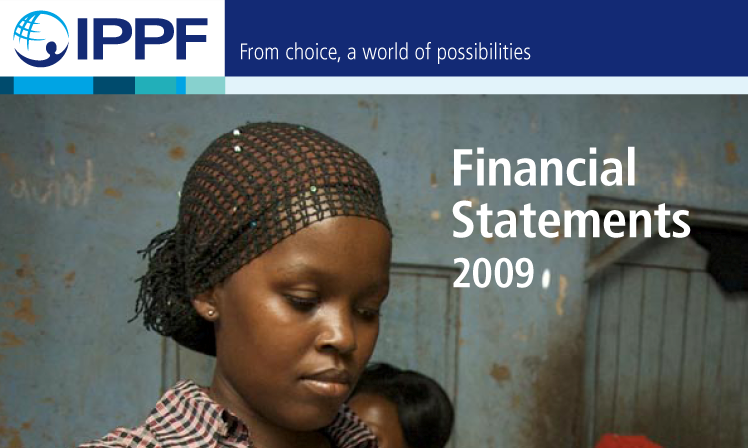
| 04 May 2012
IPPF Financial Statement 2009
Financial statements for 2009 include an executive summary; the report of the Governing Council; the report of the independent auditors to the Governing Council; financial activities; balance sheets; cash flow statement; and notes to the financial statements.







